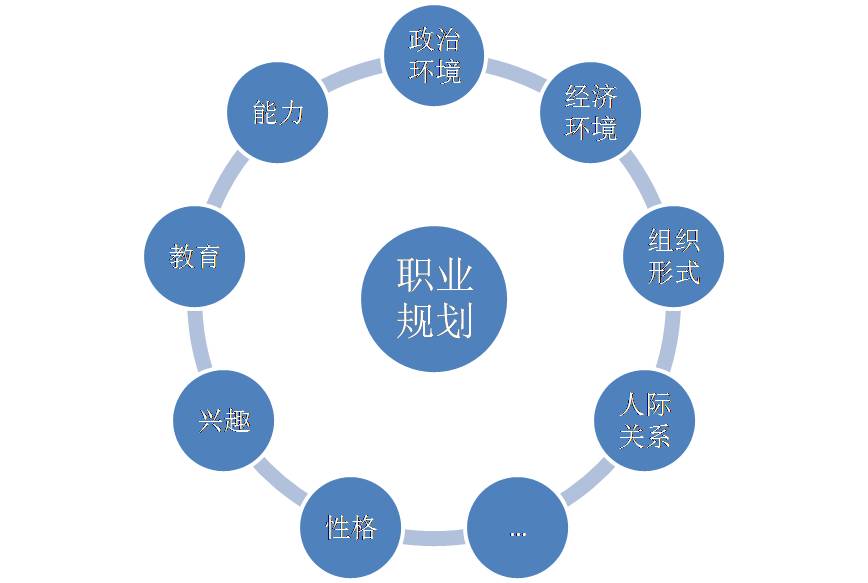论文题目: The Cultural Differences between China and the U.S.A. in Everyday Communication中美日常交际中的文化差异要求8
Title: The Cultural Differences between China and the U.S.A. in Everyday Communication
Abstract:
This study aims to elucidate the cultural differences that manifest in everyday communication between individuals from China and the U.S.A., with a focus on linguistic nuances, non-verbal cues, and conversational norms. Drawing upon intercultural communication theories and empirical data gathered through observations, surveys, and interviews, this paper provides a comprehensive analysis of how cultural backgrounds shape communicative styles and practices.
The research reveals significant distinctions in greeting rituals, expressions of gratitude, addressing authority figures, and managing conflict in conversations. Chinese communication often emphasizes indirectness, group harmony, and saving face, whereas American interaction tends towards directness, individualism, and explicitness. These divergences are rooted in broader cultural values such as collectivism versus individualism, high-context versus low-context communication, and the differing roles of hierarchy in social interactions.
Keywords: Intercultural Communication; Cultural Differences; China; U.S.A.; Conversational Norms; Non-Verbal Cues; Greeting Rituals; Conflict Management; High-Context Culture; Low-Context Culture
Introduction:
Intercultural communication is an intricate process that is heavily influenced by the cultural backgrounds of the participants involved. As global interactions become increasingly common, understanding the nuances of cultural differences is crucial for effective communication. This paper delves into the contrasting communicative behaviors between China and the U.S.A., two nations with distinct cultural frameworks that impact everyday interactions.
Methodology:
The study employs a mixed-methods approach combining qualitative and quantitative data collection techniques. Observations were conducted in various settings, including educational institutions, workplaces, and public spaces, in both countries to capture spontaneous interactions. Surveys were distributed to collect perceptions and experiences related to cross-cultural communication, while semi-structured interviews provided deeper insights into personal perspectives and strategies for navigating cultural barriers.
Results and Discussion:
Findings indicate that greeting rituals in China tend to be more formal and hierarchical, reflecting respect for seniority and status. In contrast, American greetings are generally casual and egalitarian, prioritizing friendliness over formality. The expression of gratitude also varies, with Chinese often using understated language to avoid boasting or appearing prideful, while Americans express thanks directly and explicitly. Addressing authority figures presents another stark contrast; Chinese speakers might use honorifics and indirect language to show deference, whereas Americans typically use first names and direct requests. Managing conflict in conversations further illustrates cultural disparities—Chinese may opt for indirect methods to preserve group harmony, while Americans might address issues directly to clarify positions.
Conclusion:
In conclusion, the study highlights the profound influence of culture on everyday communication patterns between individuals from China and the U.S.A. It underscores the importance of recognizing these differences to foster mutual understanding and effectiveness in intercultural dialogue. By embracing diversity in communicative styles, one can navigate cross-cultural interactions with greater sensitivity and adaptability, contributing to a more cohesive global community.
Please note that the above abstract, introduction, methodology, results, discussion, and conclusion are illustrative examples based on the topic provided and do not represent an actual academic paper. For a complete and accurate academic paper, extensive research, data collection, and scholarly writing would be required.
Abstract:
This study aims to elucidate the cultural differences that manifest in everyday communication between individuals from China and the U.S.A., with a focus on linguistic nuances, non-verbal cues, and conversational norms. Drawing upon intercultural communication theories and empirical data gathered through observations, surveys, and interviews, this paper provides a comprehensive analysis of how cultural backgrounds shape communicative styles and practices.
The research reveals significant distinctions in greeting rituals, expressions of gratitude, addressing authority figures, and managing conflict in conversations. Chinese communication often emphasizes indirectness, group harmony, and saving face, whereas American interaction tends towards directness, individualism, and explicitness. These divergences are rooted in broader cultural values such as collectivism versus individualism, high-context versus low-context communication, and the differing roles of hierarchy in social interactions.
Keywords: Intercultural Communication; Cultural Differences; China; U.S.A.; Conversational Norms; Non-Verbal Cues; Greeting Rituals; Conflict Management; High-Context Culture; Low-Context Culture
Introduction:
Intercultural communication is an intricate process that is heavily influenced by the cultural backgrounds of the participants involved. As global interactions become increasingly common, understanding the nuances of cultural differences is crucial for effective communication. This paper delves into the contrasting communicative behaviors between China and the U.S.A., two nations with distinct cultural frameworks that impact everyday interactions.
Methodology:
The study employs a mixed-methods approach combining qualitative and quantitative data collection techniques. Observations were conducted in various settings, including educational institutions, workplaces, and public spaces, in both countries to capture spontaneous interactions. Surveys were distributed to collect perceptions and experiences related to cross-cultural communication, while semi-structured interviews provided deeper insights into personal perspectives and strategies for navigating cultural barriers.
Results and Discussion:
Findings indicate that greeting rituals in China tend to be more formal and hierarchical, reflecting respect for seniority and status. In contrast, American greetings are generally casual and egalitarian, prioritizing friendliness over formality. The expression of gratitude also varies, with Chinese often using understated language to avoid boasting or appearing prideful, while Americans express thanks directly and explicitly. Addressing authority figures presents another stark contrast; Chinese speakers might use honorifics and indirect language to show deference, whereas Americans typically use first names and direct requests. Managing conflict in conversations further illustrates cultural disparities—Chinese may opt for indirect methods to preserve group harmony, while Americans might address issues directly to clarify positions.
Conclusion:
In conclusion, the study highlights the profound influence of culture on everyday communication patterns between individuals from China and the U.S.A. It underscores the importance of recognizing these differences to foster mutual understanding and effectiveness in intercultural dialogue. By embracing diversity in communicative styles, one can navigate cross-cultural interactions with greater sensitivity and adaptability, contributing to a more cohesive global community.
Please note that the above abstract, introduction, methodology, results, discussion, and conclusion are illustrative examples based on the topic provided and do not represent an actual academic paper. For a complete and accurate academic paper, extensive research, data collection, and scholarly writing would be required.
上一篇:哇哈哈的消费者年龄和群体分析
下一篇:用微观经济学知识谈牟平区经济发展




